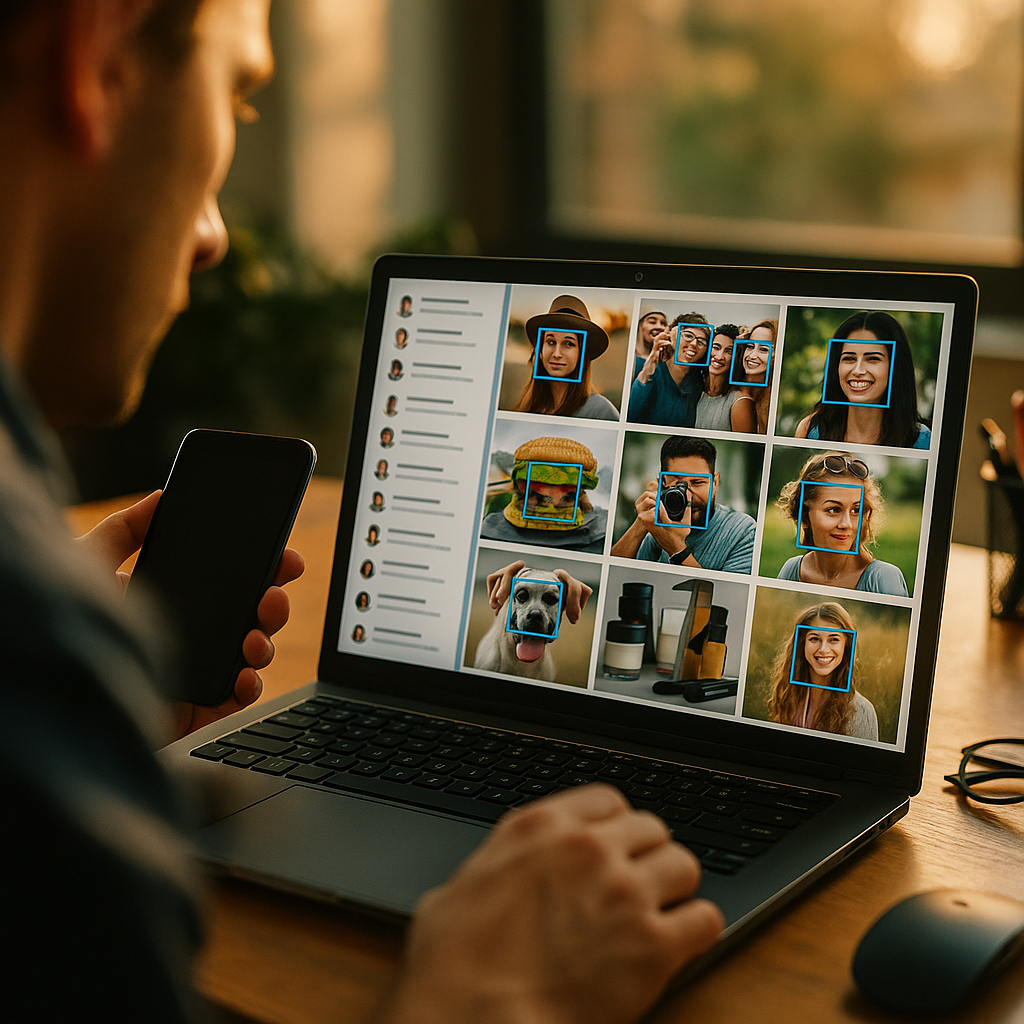Social media listening tools with image recognition have transformed how brands understand and engage with online audiences. By analyzing both text and images, companies can uncover rich insights previously hidden from standard tools. Wondering how these solutions work and why they matter more than ever? Dive in to discover how image recognition is redefining social listening in 2025.
Understanding Social Media Listening Tools: Expanding Beyond Text
Traditional social media listening tools prioritized text-based analytics, tracking mentions, sentiment, and engagement. However, as users increasingly express themselves visually, platforms have evolved. Modern tools now gather and process vast amounts of data from multimedia content such as images, memes, and infographics. This shift lets brands see the full picture, properly identifying brand perception and emerging trends obscured in visual posts.
According to recent industry reports, up to 60% of social media interactions in 2025 involve visual elements. Focusing solely on text means missing crucial context or conversations. Advanced listening tools now pair natural language processing with powerful image recognition, illuminating every facet of brand discussion.
How Image Recognition Enhances Brand Monitoring
Image recognition tools scan social platforms for logos, products, and distinctive visual cues. Unlike manual methods, these AI-driven systems identify brand placements even if the brand name is not mentioned in captions. If someone posts a photo of a soda can with no text reference, image recognition spots the logo and includes it in analytics.
This capability ensures brands never miss organic exposure or potential issues. For example, marketers can track how their logos are used, see where products appear globally, and monitor for misuse. Image recognition also enables tracking influencers and spontaneous customer endorsements, frequently missing from text searches alone.
Key Benefits of Social Media Listening with Image Analysis
- Comprehensive Sentiment Analysis: Combination of text and image-based insights provides more accurate brand sentiment by placing visual cues in proper context.
- Early Crisis Detection: Detects negative viral images or meme trends before they spiral, giving brands a chance to react swiftly.
- Competitor Intelligence: Identify competitor brand appearances or campaigns on visual platforms with unprecedented accuracy.
- ROI Proof for Sponsorships and Events: Quantify actual brand exposure in images from sponsored events, giving marketers detailed data to justify spending.
- Improved Customer Understanding: Analyze visual content to discover new customer preferences, lifestyles, or consumption trends at scale.
A 2025 study by Social Intelligence Lab found that campaigns integrating image-based listening achieved 37% higher engagement and more actionable insights compared to text-only approaches.
Must-Have Features in Image Recognition Social Listening Tools
Platform capabilities vary widely. For optimal performance, seek these essential features in any next-generation social media monitoring solution:
- High-Accuracy Visual Search: Identifies logos, objects, settings, and even stylized branding in diverse visual contexts.
- Multi-Language and Multimodal Support: Combines image recognition with text analysis across languages and diverse media types.
- Real-Time Alerting: Sends immediate notifications when significant visual events or trends erupt on social media.
- Customizable Reporting: Enables segmentation by campaign, region, or influencer, with actionable metrics and shareable dashboards.
- Data Privacy and Security: Adheres to current GDPR and digital privacy regulations, keeping both user and brand data secure.
- Integration Capabilities: Connects with CRM, customer service, and business intelligence tools for end-to-end workflow automation.
Choosing platforms featuring these competencies maximizes returns and ensures your brand remains at the forefront of digital conversations.
AI and Ethical Considerations in Social Media Image Monitoring
Artificial intelligence drives the sophistication behind image recognition, using deep learning to identify detailed visual elements. However, with power comes responsibility. Brands must ensure their tools comply with privacy legislation and ethical standards, especially when handling sensitive images or user-generated content.
Transparency is vital. Leading platforms offer clear opt-outs and avoid storing personally identifiable information. Some employ federated learning, processing images without uploading raw files. Staying aware of evolving digital ethics ensures your brand can harness the power of social media listening without overstepping privacy boundaries.
What Does the Future Hold for Social Listening with Image Recognition?
The capabilities of social media listening tools continue to accelerate. We’re seeing more nuanced sentiment analysis that interprets emotions from facial expressions, location context, or even trending color palettes. Visual listening will integrate with augmented reality, identifying how consumers use products in new digital spaces.
Voice and image analysis are converging, allowing for even deeper insights into multi-modal content. As social platforms diversify and user behavior shifts, expect listening tools to evolve in lockstep—ensuring brands can adapt strategies to match the ever-changing online landscape.
In summary, social media listening tools with image recognition deliver richer, more actionable insights than ever before. By embracing these innovations, brands ensure they stay ahead of trends, protect their reputation, and maximize the impact of digital marketing in 2025.
Frequently Asked Questions
-
What is image recognition in social media listening?
Image recognition uses AI to detect visual elements—logos, products, scenes—in social media images, supplementing traditional text analysis to give brands a complete picture of online conversations. -
How accurate are image recognition tools in 2025?
Modern tools now deliver over 92% accuracy in identifying common logos and products, thanks to advances in deep learning and ever-growing training datasets. -
Which social channels are covered by these tools?
Most leading platforms monitor major networks like Instagram, X (formerly Twitter), Facebook, TikTok, and YouTube, along with emerging visual-centric communities and forums. -
Can image recognition help in crisis management?
Yes. It quickly highlights negative image-based trends, viral memes, or unauthorized brand use. Brands can intervene early to mitigate reputational damage. -
Are there privacy or ethical concerns with visual listening?
Yes. Reputable platforms prioritize user consent and data protection, ensuring compliance with regulations like GDPR. Brands should always choose providers with transparent privacy practices.
